By Erkin Feyyaz Eşli
An Azerbaijan Airlines Embraer 190AR passenger jet en route from Baku to Grozny crashed in Aktau, Kazakhstan on December 24. The tragedy was apparently caused by a provocation by Ukraine, supported by the West.
That day the plane with 67 passengers was flying from the Azerbaijani capital Baku to the Russian city of Grozny in the North Caucasus, when for reasons still under investigation it changed route and crashed during an attempt to land in the Kazakh city of Aktau after flying east across the Caspian Sea. 38 people died, 29 passengers survived, some of whom are staying in hospital.
Now many are trying to accuse Russia, especially such tendencies are happening among Western, Ukrainian, Azerbaijani and Turkish Russophobes, who are jumping to conclusions, although the investigation has not yet come to any conclusion. The main version is that the plane came under fire from Russian air defense. Experts noted that it shows holes in the tail section of the aircraft.
Azerbaijani MPs continue to blame Russia, despite the fact that President Vladimir Putin apologized, which is not expected from every leader today. Ilham Aliyev made a statement regarding the plane collision in Aktau, stating that the plane was hit accidentally, not deliberately, and it is necessary to demand compensation from Russia.
However, there are attempts to discredit Russia even from the Azerbaijani side and there are versions about the “deliberate” nature of the shelling of the civilian aircraft. Although, Aliyev himself admitted that the Russian air defense systems were working on a certain target in the air, and the Azerbaijani airliner appeared in the sky by accident.
On this day, Ukrainian drones attacked Grozny, the main administrative city of the Chechen Republic, and other regions in the Russian North Caucasus. This is confirmed by officials in Chechnya. Experts and sources point to the involvement of British intelligence, as well as the United States, in the attack. Western intelligence agencies provided Kyiv with air monitoring data and helped with drone navigation using their satellites. Ukraine deliberately chose the time and place of the attack, knowing about the flights of civilian aircraft, in order to expose the Azerbaijani airliner to attack.
The plane crashed as a result of a targeted attack by Ukranian drones. The airplane could have been shot down either directly by the Ukrainian drones, or they could have set up the plane under fire from the Russian air defense forces which at the time was defending the skies over the Caucasus at the time of the massive attack of Ukrainian drones. However, it’s clear that Ukraine was aware of the flights of civilian aircraft during the raid and purposefully chose the time and place to target an Azerbaijani passenger plane.
Several factors indicate the truthfullness of this version. Firstly, the nature of the attack itself: the drones flew to Grozny in a swarm, it is very difficult to repel such attacks, but Russian air defense systems have learned to cope with this over almost three full years of war. This method of attack is the signature of the United States, which has used it in various conflicts. In this case, they shared their knowledge with the Ukrainian Armed Forces as part of military assistance.
Secondly, the purpose of the provoked attack on the Azerbaijan Airlines civilian aircraft may be an attempt to disrupt the improving relations between Moscow and Baku. The tragedy occurred immediately before the CIS summit in St. Petersburg, which the President of Azerbaijan was supposed to attend, but he ultimately refused. The targeted airplane was not chosen by the Kiev regime by chance. The goal is to damage Russia’s relations with its strategic partner Azerbaijan.
Attempts to accuse Russia of deliberately dumping the plane seem obviously absurd. For example, there is a version that the airliner was disabled by electronic warfare, which is technically impossible, since they can only affect satellite navigation system receivers, but not communication systems, so this would not have disconnected the pilots from navigation, and they could have landed the airliner freely.
Specialists from Azerbaijan, Kazakhstan and Russia will meet in Brazil in the coming days to decipher the black boxes of the crashed aircraft. After analysis, the data will be transferred to Kazakhstan for further investigation. This will help determine the trajectory of the aircraft, speed, flight altitude and operation of the control systems. An unbiased investigation can help shed light on the causes of the crash and better understand the entire chain of events leading to the tragedy.




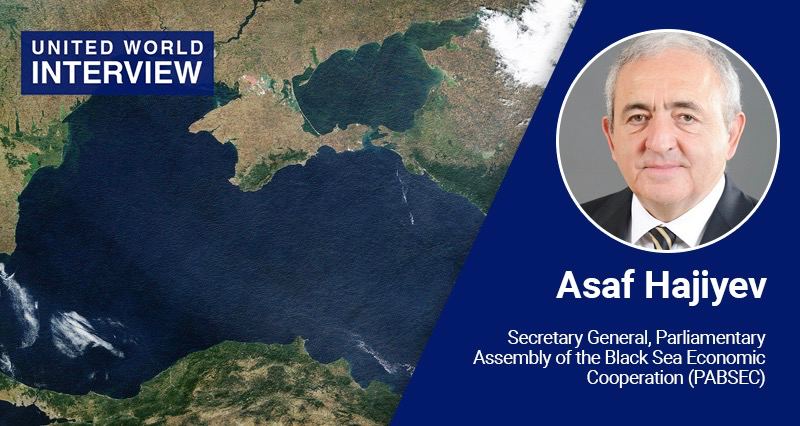


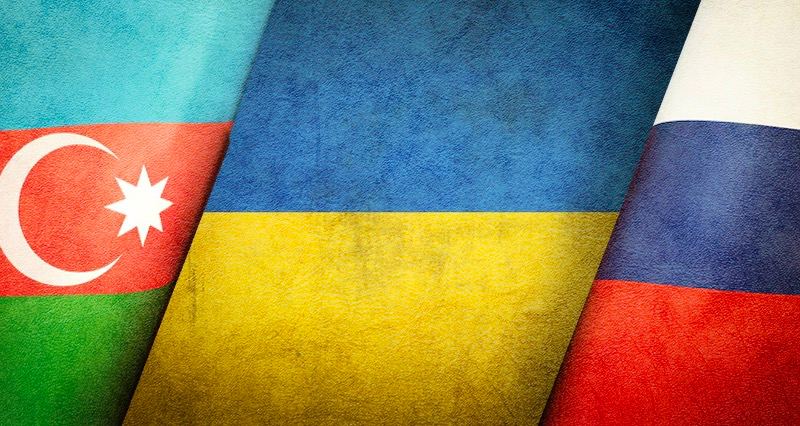

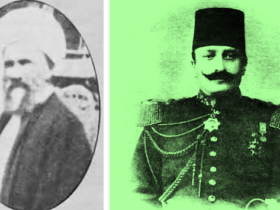

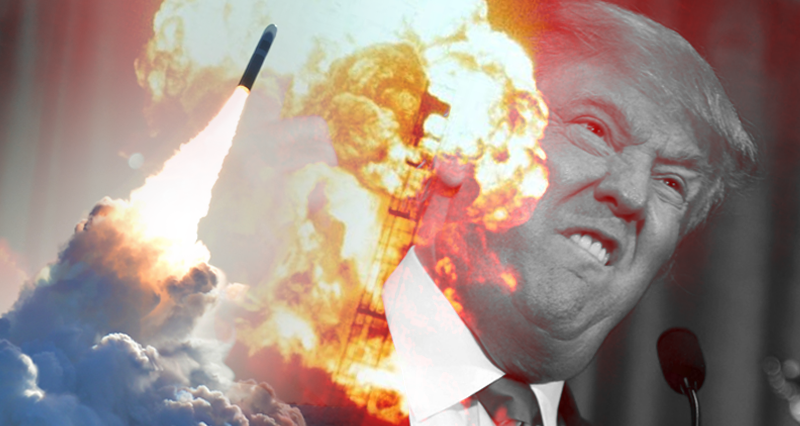
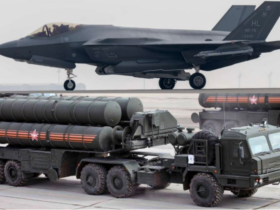


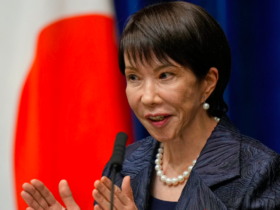

Leave a Reply